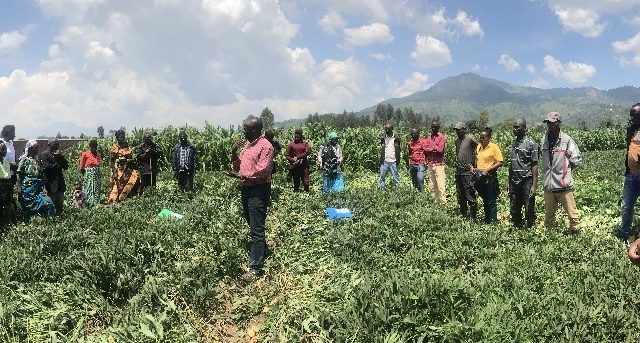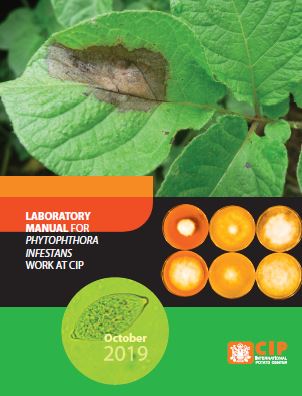Potato is the world’s fifth most important food crop in the least developed countries ranked by total production (159 MT) and the third most important ranked by food consumption (118 MT). Potato is grown in diverse environments in Asia, Africa, and LAC. Originating in the Americas, wild potatoes are a tremendous resource for breeding, with a wide range of ecological adaptation from the high Andes through cool temperate rain forests to coastal plains, and carry resistances to many important pests and diseases.
 They provide food, employment, and income as a cash crop for table, processing, and industrial use. Potatoes are a major source of energy and protein with significant amounts of vitamins C, B6, and B1, folate, potassium, phosphorus, calcium, Fe, and Zn. They are high in dietary fiber and rich in antioxidants, including polyphenols and tocopherols. As with other RTB, their reproductive biology allows variability to be rapidly generated and fixed, with sexual reproduction followed by vegetative propagation via tubers.
They provide food, employment, and income as a cash crop for table, processing, and industrial use. Potatoes are a major source of energy and protein with significant amounts of vitamins C, B6, and B1, folate, potassium, phosphorus, calcium, Fe, and Zn. They are high in dietary fiber and rich in antioxidants, including polyphenols and tocopherols. As with other RTB, their reproductive biology allows variability to be rapidly generated and fixed, with sexual reproduction followed by vegetative propagation via tubers.
Pollinated potato flowers set true seed in berries, with obligatory out‐crossing for many species. Most cultivated potatoes are tetraploids (2n = 4x = 48). Key breeding objectives are stable tuber yield, durable resistance to diseases such as late blight (LB) and bacterial wilt, resistance to multiple viruses (potato virus Y, potato leafroll virus) and pests, adaptation to heat and drought, short vegetative cycle, tuber quality, and nutritional attributes.





